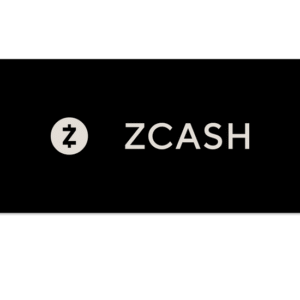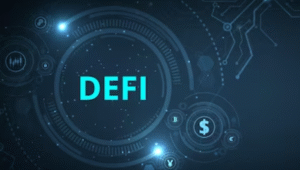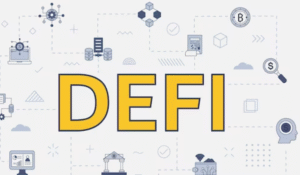$ETH #Ethereum #Layer2 #Blockchain #CryptoNews #CryptoTransactions #DeFi #SmartContracts #Web3 #Fintech #DigitalAssets #Payments
How Did Ethereum’s Record 27 Million Transactions Revolutionize Payments?
In a remarkable turn of events, Ethereum (ETH) has made headlines with its latest achievement: a staggering 27 million transactions. This recent milestone not only showcases Ethereum’s growing ecosystem but also highlights the increasing significance of Layer-2 solutions in enhancing scalability and efficiency within the network. Analyst Leon Waidmann has pointed out this surge in transaction activity, marking a pivotal moment for the broader cryptocurrency landscape.
The surge to 27 million transactions reflects Ethereum’s robust infrastructure, which is crucial for supporting decentralized applications (dApps) and services. Layer-2 solutions, which operate atop the Ethereum blockchain, have played a significant role in driving this record number. By alleviating congestion on the main chain, these solutions enhance transaction speeds and reduce fees, making Ethereum a more viable option for various payment applications.
The Impact of Layer-2 Solutions on Transaction Efficiency
Layer-2 solutions, such as Optimistic Rollups and zk-Rollups, have emerged as game-changers in the Ethereum ecosystem. These technologies allow for a higher throughput of transactions while maintaining the security and decentralization that Ethereum is known for. As a result, users are experiencing faster confirmations and lower transaction costs, which are vital for the widespread adoption of blockchain technology in everyday transactions.
Moreover, the integration of these Layer-2 solutions has opened the floodgates for innovative use cases in finance and beyond. From decentralized finance (DeFi) applications to non-fungible tokens (NFTs), the versatility of Ethereum is becoming increasingly apparent. As more developers create applications that utilize these technologies, the demand for Ethereum’s network is expected to grow exponentially.
Understanding the Broader Implications for the Financial Landscape
The implications of Ethereum’s recent achievements extend beyond just transaction numbers. As the world increasingly shifts towards digital payments, Ethereum’s capabilities position it as a formidable player in the evolving financial ecosystem. This transition towards digital assets is not simply a trend; it reflects a fundamental shift in how we perceive value and conduct transactions.
With financial institutions and corporations exploring blockchain technology, Ethereum’s role could redefine traditional payment methods. The potential for smart contracts to automate and streamline processes could reduce costs and enhance transparency across various sectors. The record 27 million transactions are not just a statistic; they signify a transformative moment that could reshape the future of finance.
Looking Ahead: What’s Next for Ethereum?
As Ethereum continues to innovate and scale its network, the focus will likely shift toward further enhancing its capabilities. Upcoming upgrades, such as Ethereum 2.0, aim to address scalability concerns while improving energy efficiency. These advancements could also attract further investment into the ecosystem, solidifying Ethereum’s position as a leader in the cryptocurrency space.
For those interested in diving deeper into the world of cryptocurrencies, exploring relevant text can provide valuable insights. Additionally, for those looking to engage directly with the market, platforms like relevant text offer opportunities for trading and investment.
In conclusion, Ethereum’s record of 27 million transactions is a clear indicator of its growing influence and potential in the financial world. As Layer-2 solutions continue to evolve, the Ethereum ecosystem is well-positioned to lead the charge towards a digital payment revolution. The future looks bright for Ethereum, and its journey is just getting started.











Comments are closed.